The American energy landscape is changing rapidly. With rising electricity costs, increasing power outages, and the push toward renewable energy, home energy storage systems (HESS) are becoming essential for modern households.
🔋 The best home battery technologies (Lithium-ion vs. Solid-State vs. Flow Batteries)
⚡ How solar + storage can slash your electricity bill
🏠 Smart home integration (Tesla Powerwall, Enphase, Sonnen, and more)
💰 Cost vs. savings breakdown—when does storage pay off?
🌍 Sustainability impact—how home batteries support the grid
⚙️ DIY vs. professional installation—what you need to know
By the end, you’ll have a comprehensive understanding of how to choose, install, and optimize a home energy storage system for energy independence, savings, and resilience.
Section 1: The Rise of Home Energy Storage—Why Now?
1.1 The Three Major Drivers of Home Battery Adoption
-
Rising Electricity Costs
- U.S. electricity prices have increased 15% since 2020 (EIA data).
- Time-of-use (TOU) rates make peak hours expensive—storage helps shift usage.
-
Increasing Power Outages
- Weather-related blackouts doubled in the last decade.
- Texas 2021 freeze, California wildfires, Hurricane Ida—home batteries provide backup.
-
Solar Panel Boom
- 4 million U.S. homes now have solar panels.
- Batteries maximize solar ROI by storing excess energy instead of selling it back cheaply.
1.2 The U.S. Home Battery Market in 2024
| Statistic | Value |
|---|---|
| Annual Installations | 150,000+ systems |
| Leading Brands | Tesla, Enphase, LG, Sonnen |
| Average System Cost | 20,000 (before incentives) |
| Payback Period | 7–12 years (with solar) |
Key Takeaway: Home batteries are no longer just for off-grid living—they’re becoming mainstream home upgrades.
Section 2: Comparing Home Battery Technologies
2.1 Lithium-Ion (Tesla Powerwall, LG Chem)
✔ Pros:
- High energy density (more power in less space)
- 90%+ efficiency
- 10+ year lifespan
❌ Cons:
- Degrades in extreme heat
- Limited cycle life (~5,000 cycles)
2.2 Solid-State Batteries (Coming Soon)
✔ Pros:
- Safer (no thermal runaway risk)
- Longer lifespan (15+ years)
- Faster charging
❌ Cons:
- Still in development (Toyota, QuantumScape leading)
- Higher initial cost
2.3 Flow Batteries (For Long-Duration Storage)
✔ Pros:
- 20,000+ cycles (vs. 5,000 for lithium)
- No degradation over time
- Scalable for whole-home backup
❌ Cons:
- Bulky (better for large homes)
- Higher upfront cost
Best Choice for Most Homes?
→ Lithium-ion (best balance of cost & performance)
→ Solid-state (future-proof, but wait 2–3 years)
→ Flow batteries (if you need multi-day backup)
Section 3: Solar + Storage = Maximum Savings
3.1 How Battery Storage Boosts Solar ROI
- Without a battery: Excess solar power sold back to the grid at low rates (e.g., 4¢/kWh).
- With a battery: Store excess solar and use it at night—avoiding peak rates (e.g., 30¢/kWh).
Case Study:
- California home with solar + Powerwall
- Annual savings: $1,500+
- Payback period: 8 years (with federal tax credit)
3.2 Smart Energy Management Systems
- Tesla Powerwall + Solar → AI-powered energy shifting
- Enphase IQ Battery → Microinverter-based optimization
- Sonnen Eco → Grid services participation (earn money!)
Pro Tip: Pair with a smart thermostat (Nest, Ecobee) for even bigger savings.

Section 4: Cost vs. Savings—Is a Home Battery Worth It?
4.1 Upfront Costs (Before Incentives)
| Battery System | Capacity | Price Range |
|---|---|---|
| Tesla Powerwall 3 | 13.5 kWh | 14,000 |
| Enphase IQ 10T | 10.1 kWh | 12,000 |
| LG Chem RESU | 16 kWh | 18,000 |
4.2 Federal & State Incentives
- Federal Tax Credit (ITC): 30% off system cost (until 2032)
- California SGIP: Up to $3,000 rebate for backup power
- Texas & Florida: No state tax, but solar + storage still pays off
Example Savings:
- 15,000 system**‌ → ‌**10,500 after ITC
- +$1,500/year savings → 7-year payback
4.3 When Does Storage Not Make Sense?
- Low electricity rates (<12¢/kWh)
- No solar panels (battery alone has limited savings)
- Short-term homeowners (<5 years)
Section 5: Smart Home Integration & Future Tech
5.1 The Rise of AI-Powered Energy Management
- Tesla Powerwall + Autobidder → Sells excess power automatically
- Enphase Enlighten → Learns usage patterns for optimal storage
- Sonnen VPPs → Join a virtual power plant (get paid!)
5.2 Vehicle-to-Home (V2H) Charging
- Ford F-150 Lightning → Powers home for 3+ days
- Tesla Cybertruck → 11.5 kW output (future update)
- Nissan Leaf → Early V2H pioneer
Game-Changer: Your EV becomes a home backup battery.
5.3 The Future: Solid-State & Home Hydrogen Storage
- Toyota’s solid-state batteries (2027–2030) → 2x energy density
- Home hydrogen systems (still experimental) → Week-long backup
Section 6: DIY vs. Professional Installation
6.1 Can You Install a Home Battery Yourself?
✔ Possible for:
- Small solar generators (EcoFlow, Bluetti)
- Off-grid lithium setups (with proper knowledge)
❌ Not recommended for:
- Grid-tied systems (permits & utility approval needed)
- High-voltage systems (safety risk)
6.2 Professional Installation Process
- Site assessment (load calculation, solar compatibility)
- Permitting & utility approval (2–8 weeks)
- Installation (1–3 days)
- Commissioning & monitoring setup
Cost: 5,000 (depends on complexity)
Conclusion: Is Home Energy Storage Right for You?
The Ideal Candidate:
✅ Has solar panels (or plans to install them)
✅ Lives in an area with high electricity rates or outages
✅ Plans to stay in home 7+ years
Next Steps:
- Get quotes from 3+ installers
- Check incentives (DSIRE.org)
- Consider future tech (V2H, solid-state)
Final Verdict:
For most homeowners, solar + storage is a smart investment—saving money, increasing resilience, and supporting clean energy.
What’s your biggest question about home batteries? Ask below!

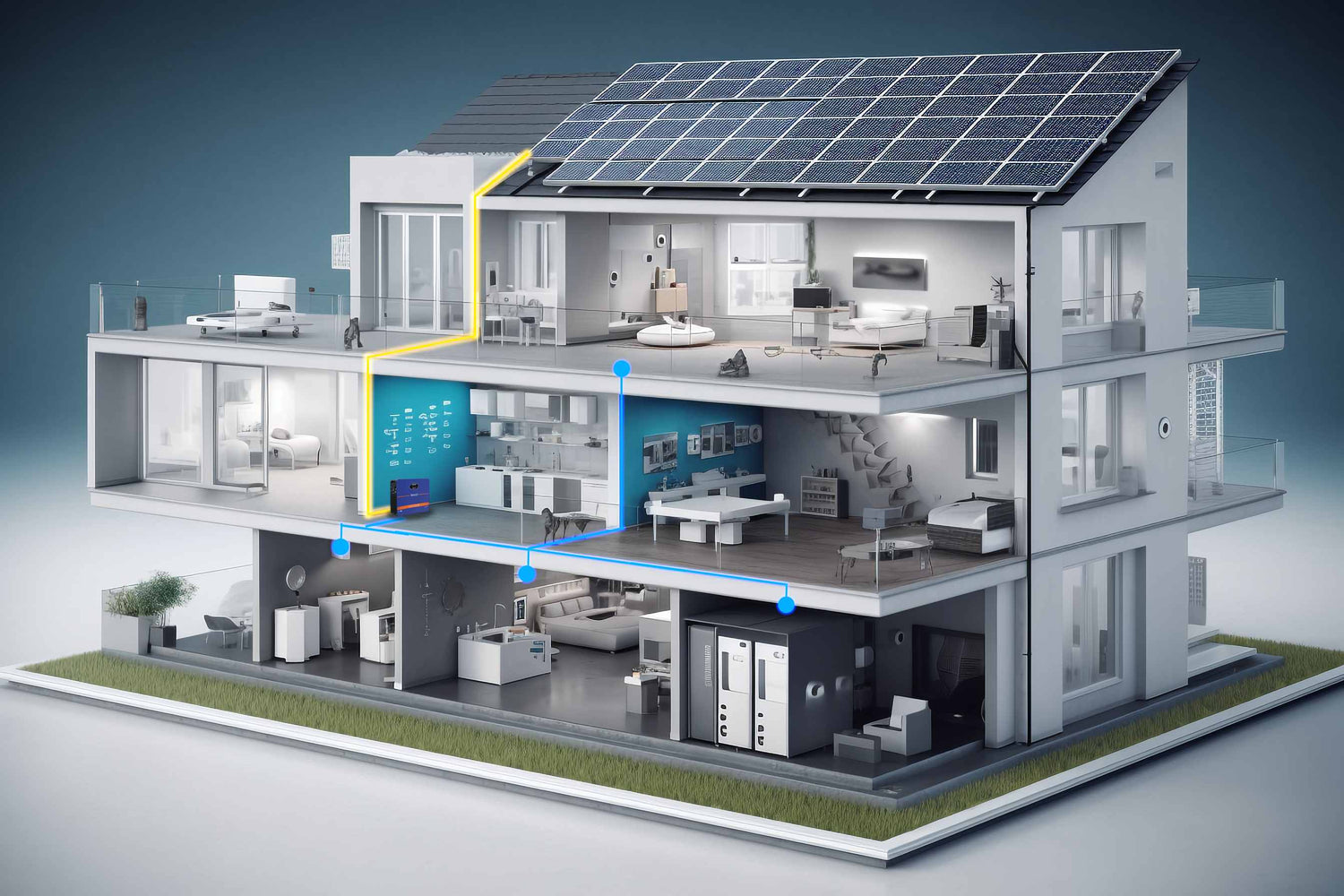



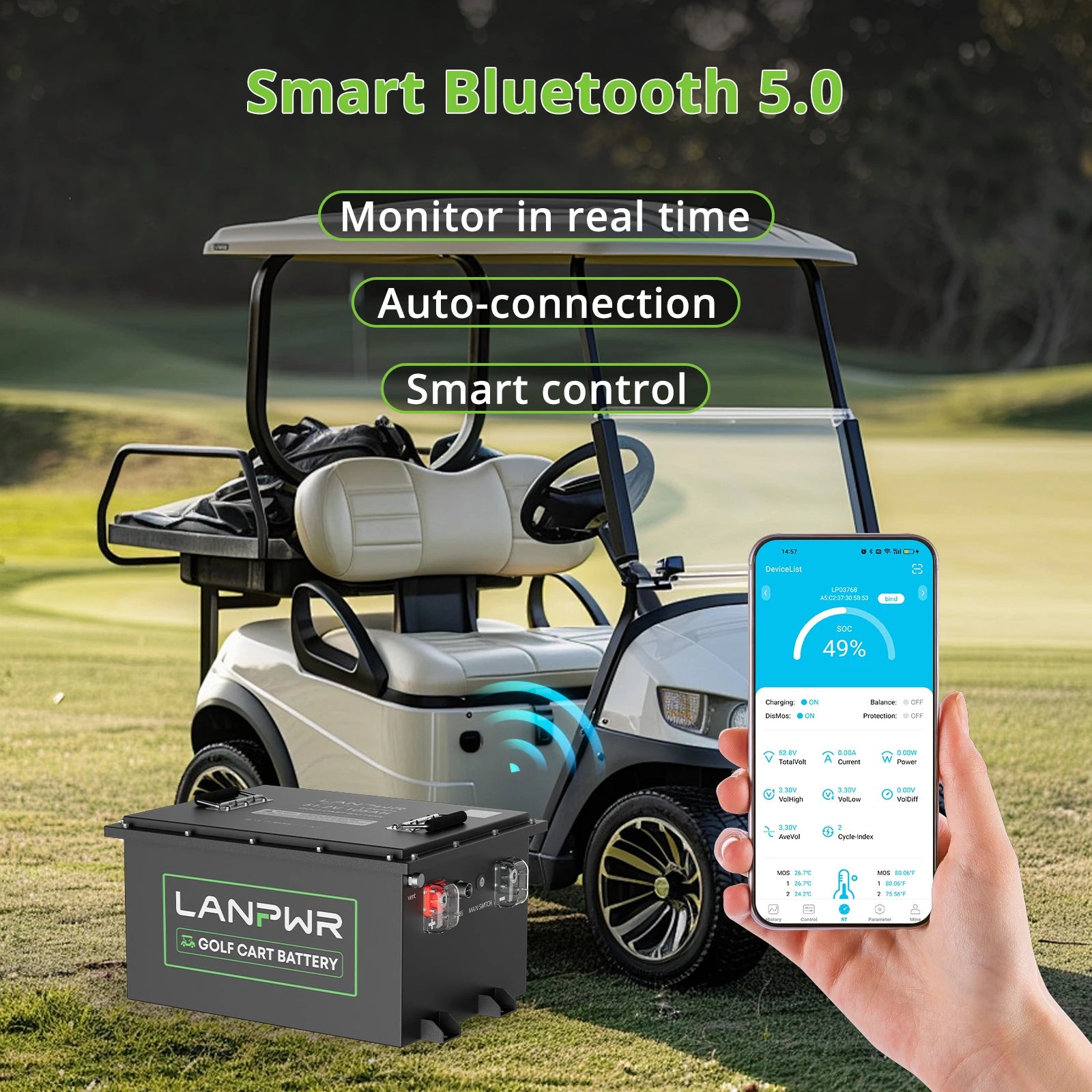
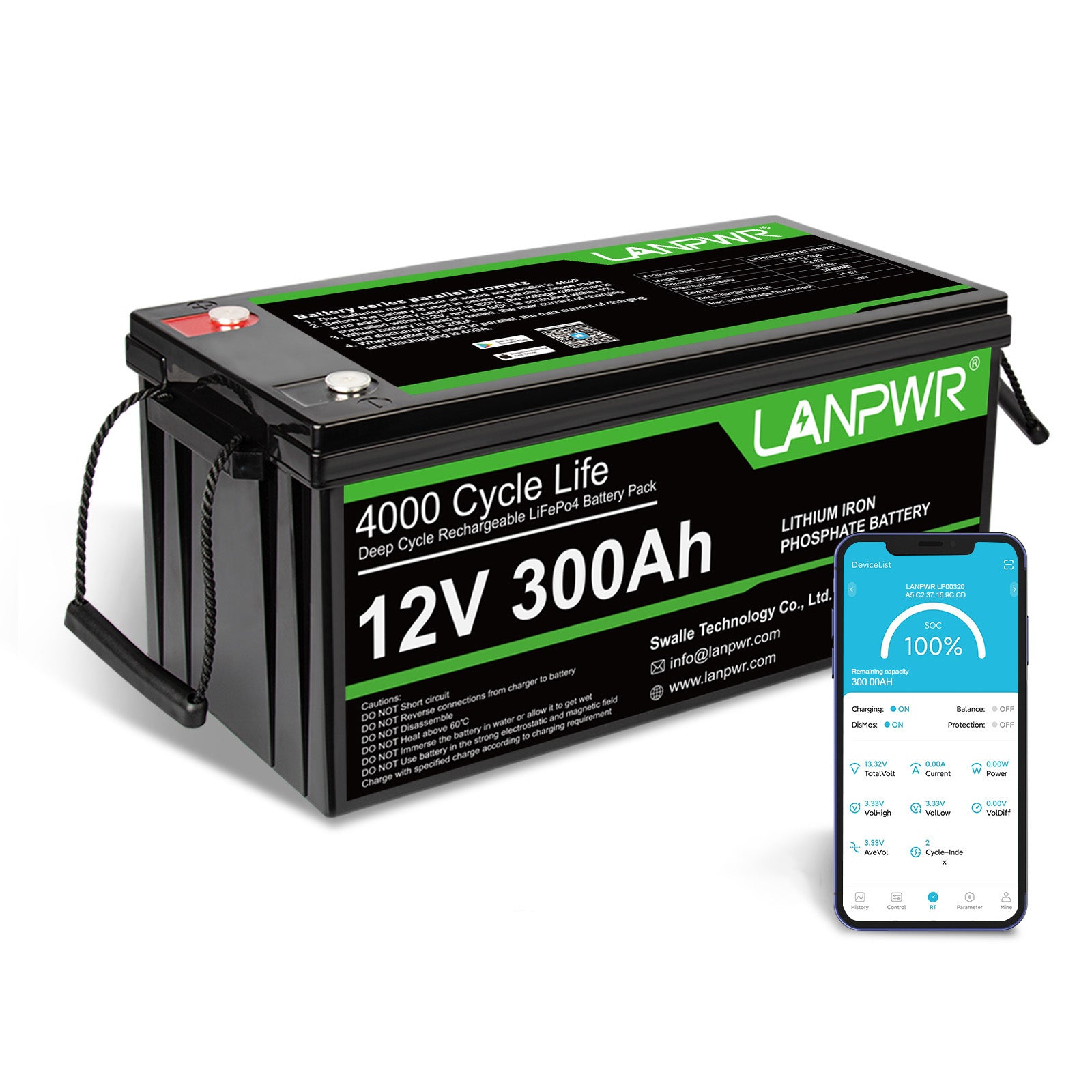
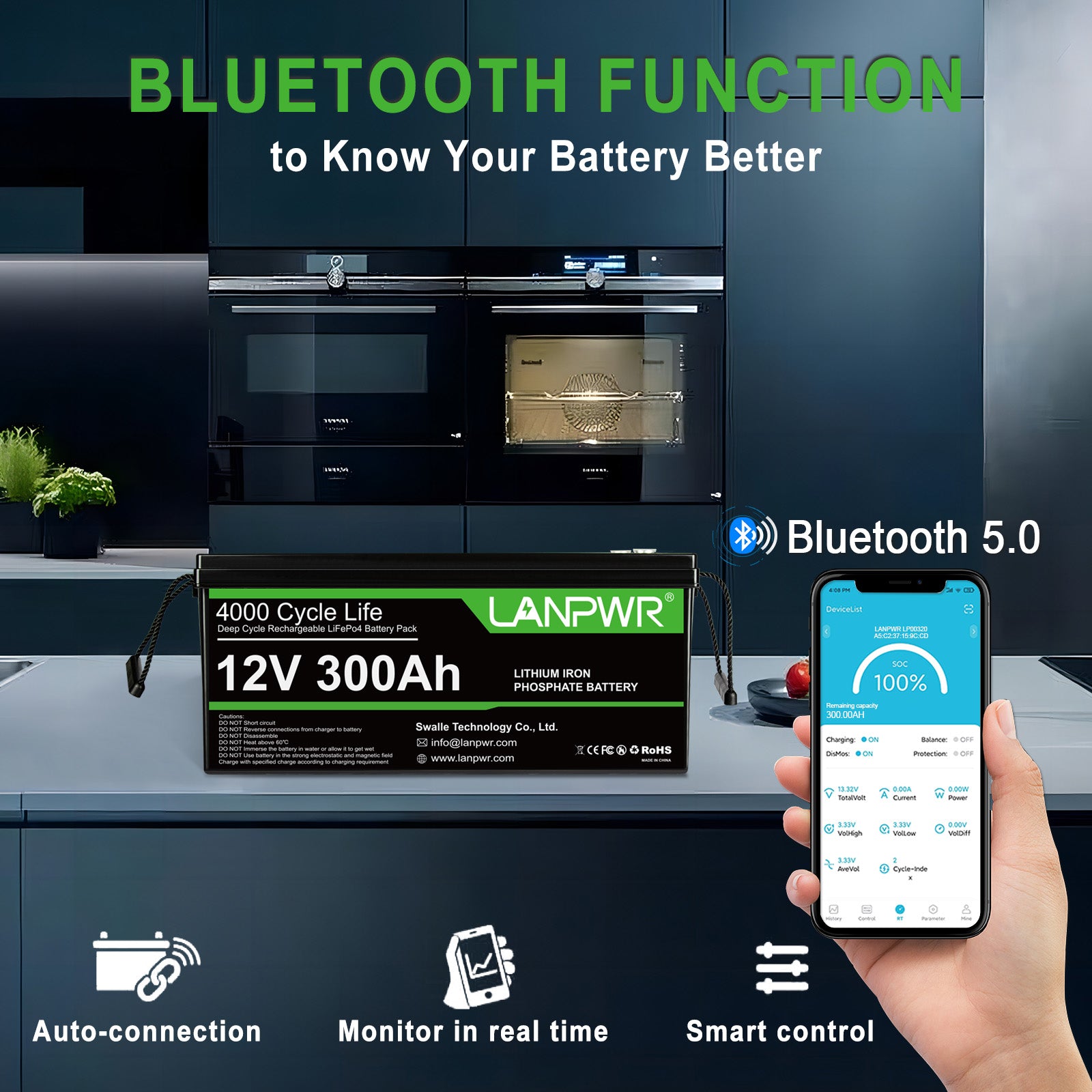
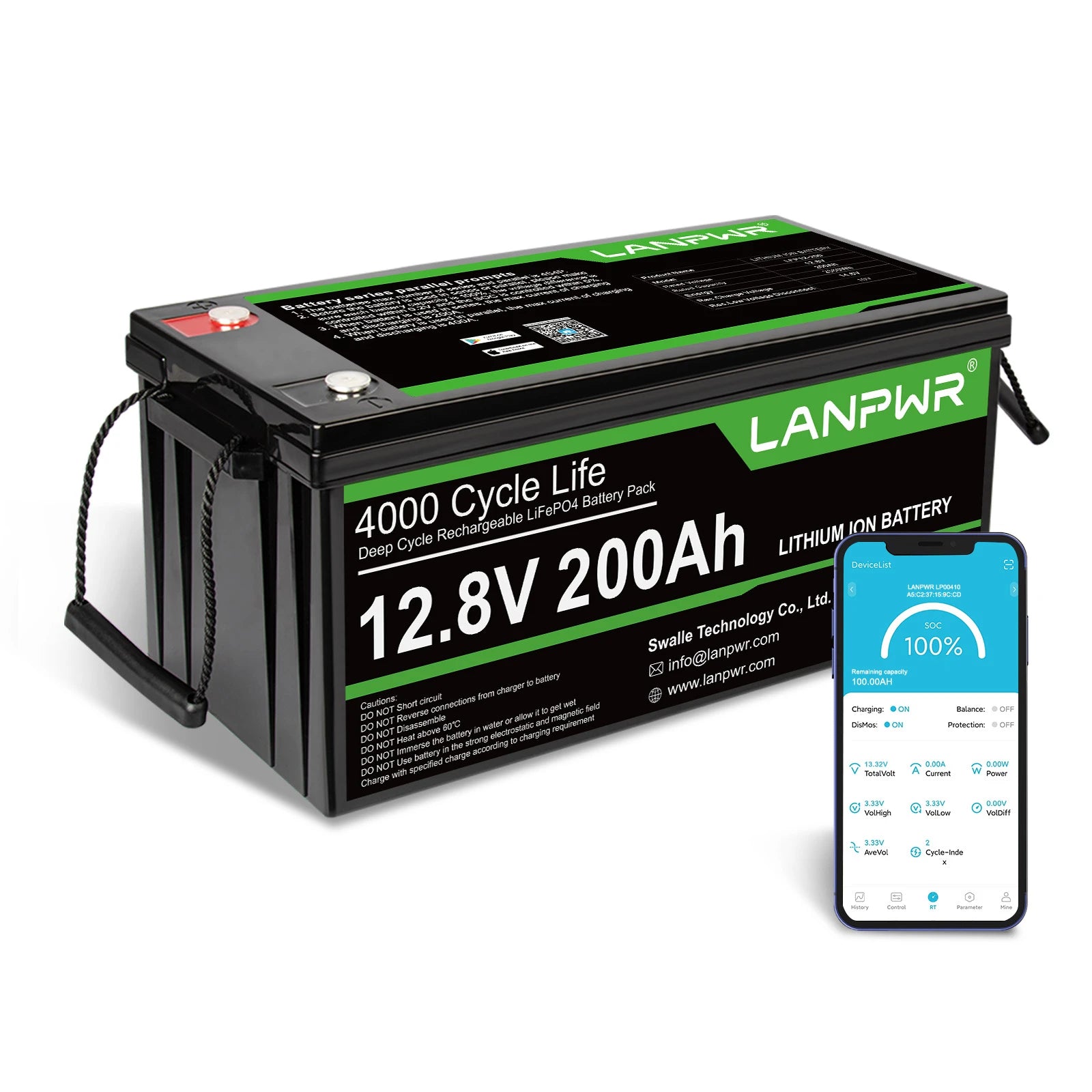
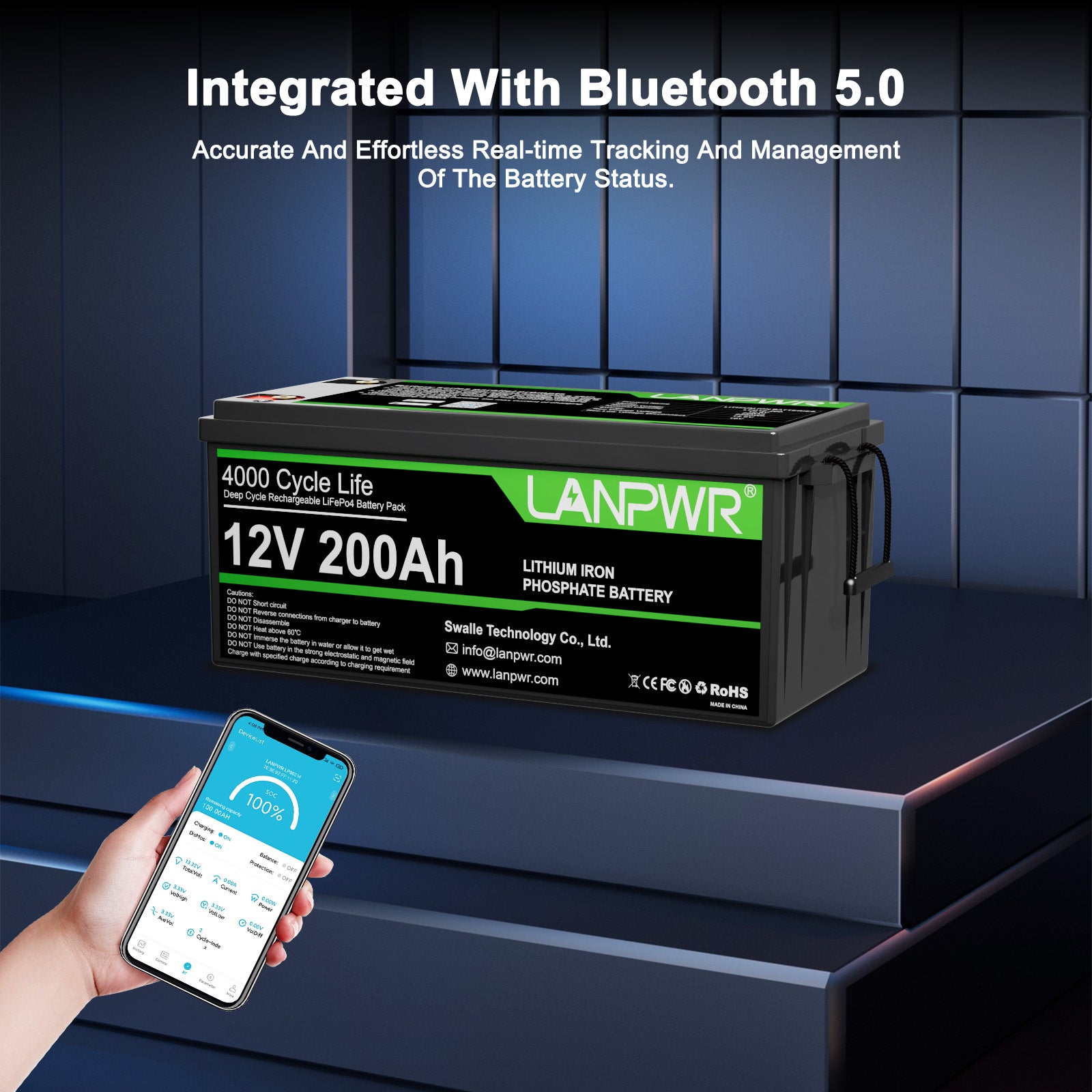
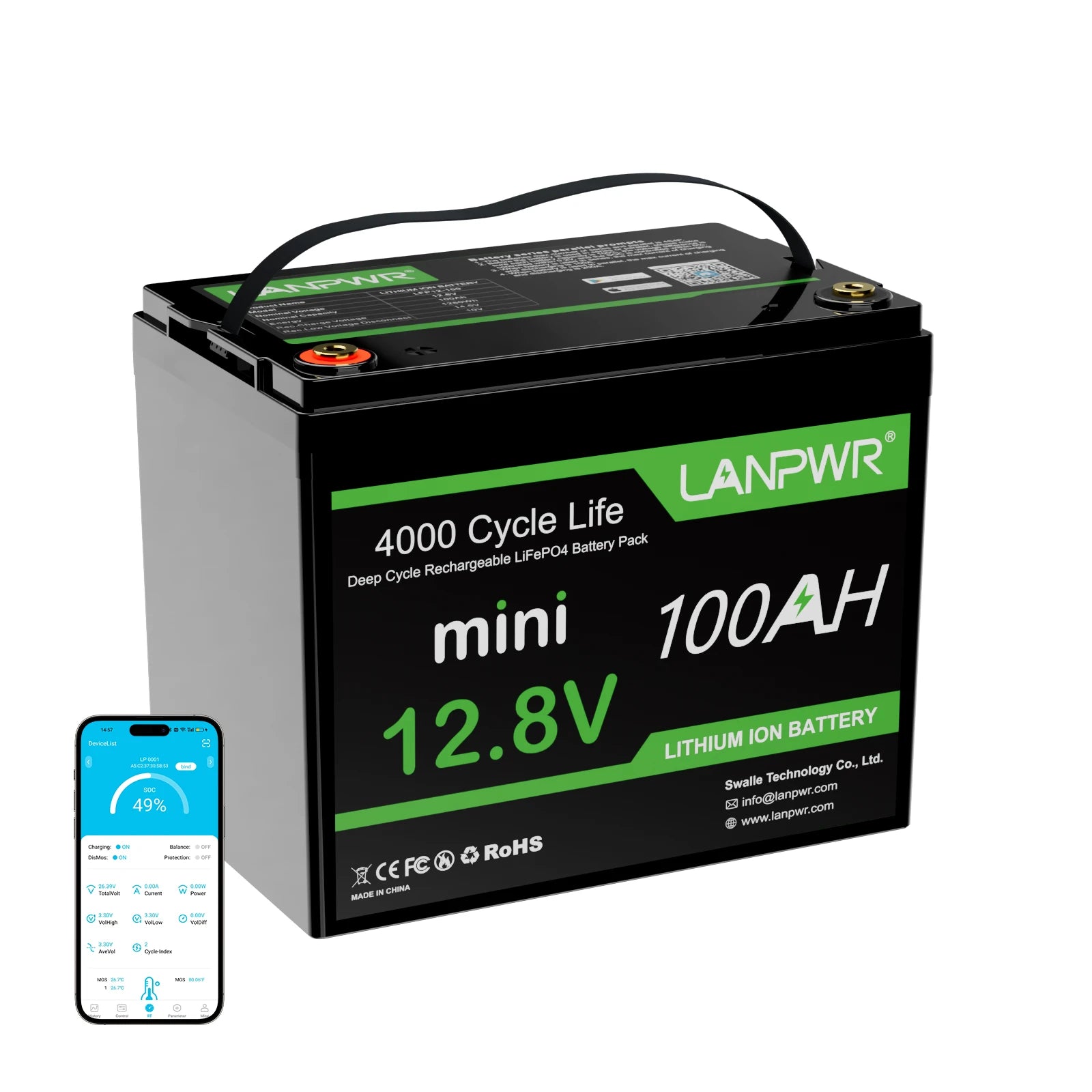

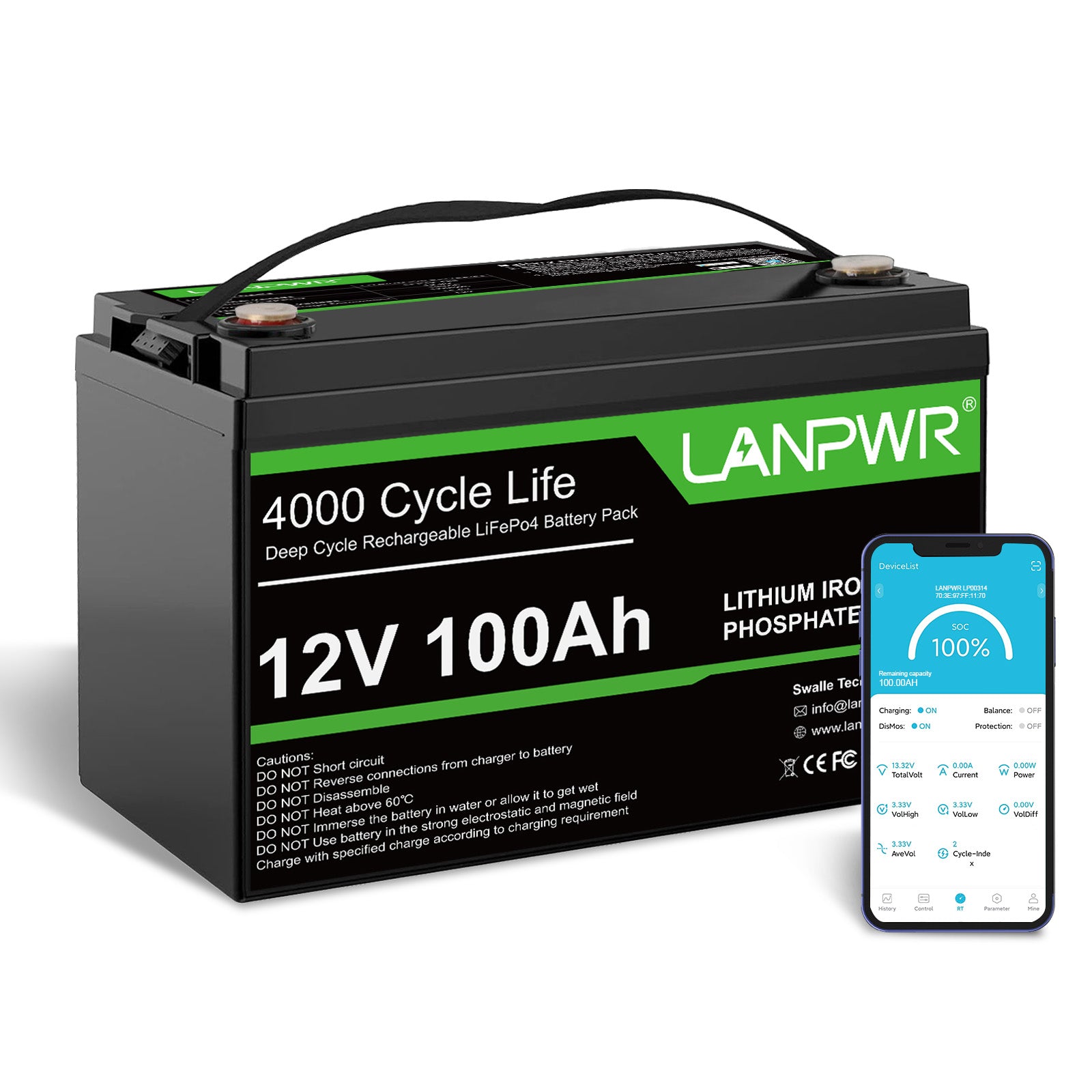

Leave a comment
This site is protected by hCaptcha and the hCaptcha Privacy Policy and Terms of Service apply.